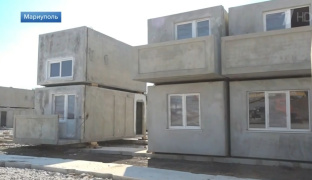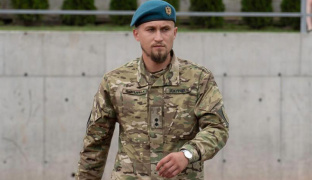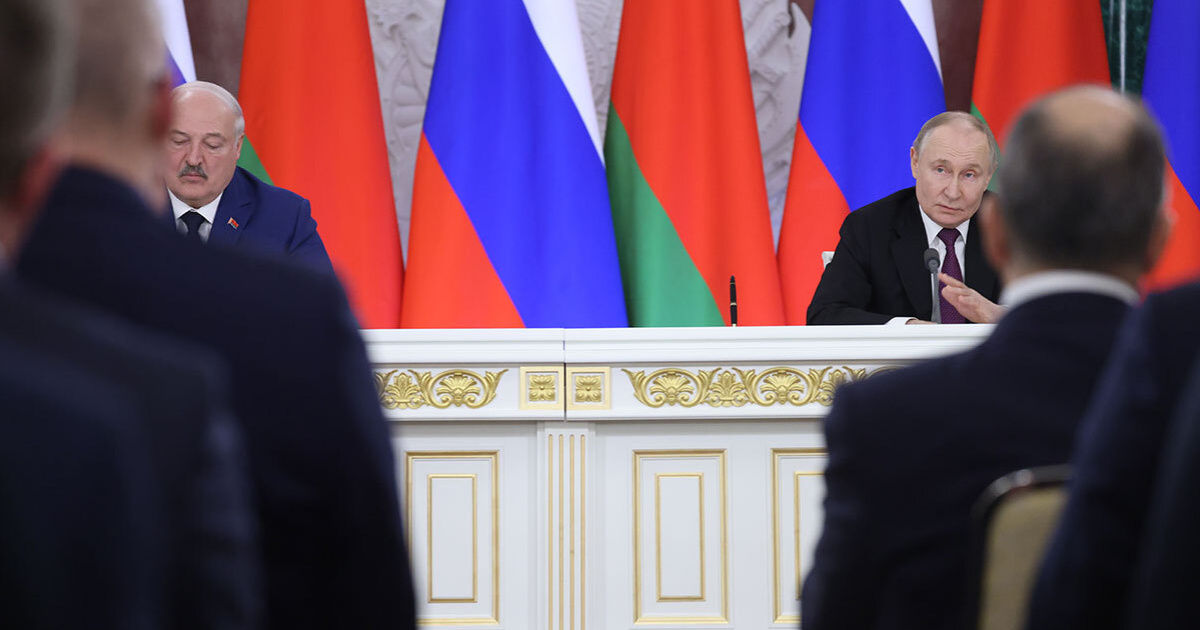Of course, the frontline status of the region adds its own specifics to everything. The director of the Dnipropetrovsk Oblast Center for Emergency Medical Care and Disaster Medicine, Radiy Shevchenko, talked about how the ambulance service works in the Dnipropetrovsk oblast, the impact of reforms, unusual calls, complainers, and "Nadiia".
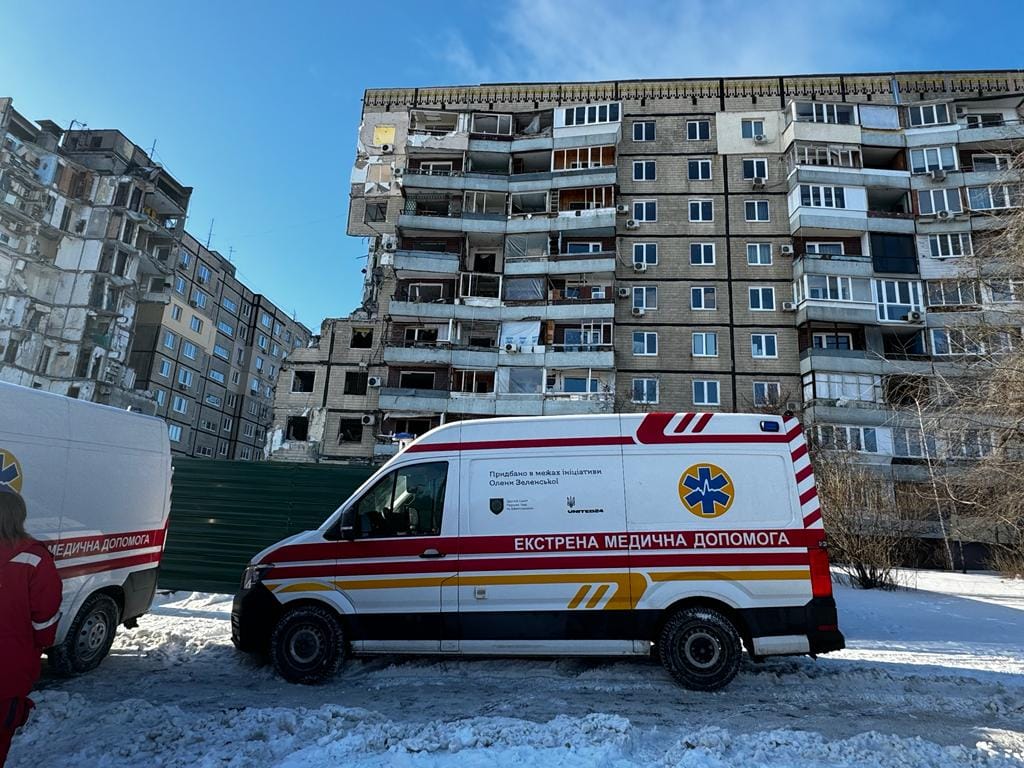
Some were like a dog in the manger
— Mr Shevchenko, tell us what the "emergency service" is and how your journey began at the Oblast Center for Emergency Medical Care and Disaster Medicine?
— In 2002, I briefly managed the regional special medical supply base. It stored reserves for emergencies. It was a somewhat outdated institution. It did not fully meet the requirements of real-time needs: old reserves, outdated hemostatic tourniquets, pillows gnawed by mice, and medicines that were not updated. We tried to do something, repaired what we could, but time passed, and it all did not meet any standards or make much sense.
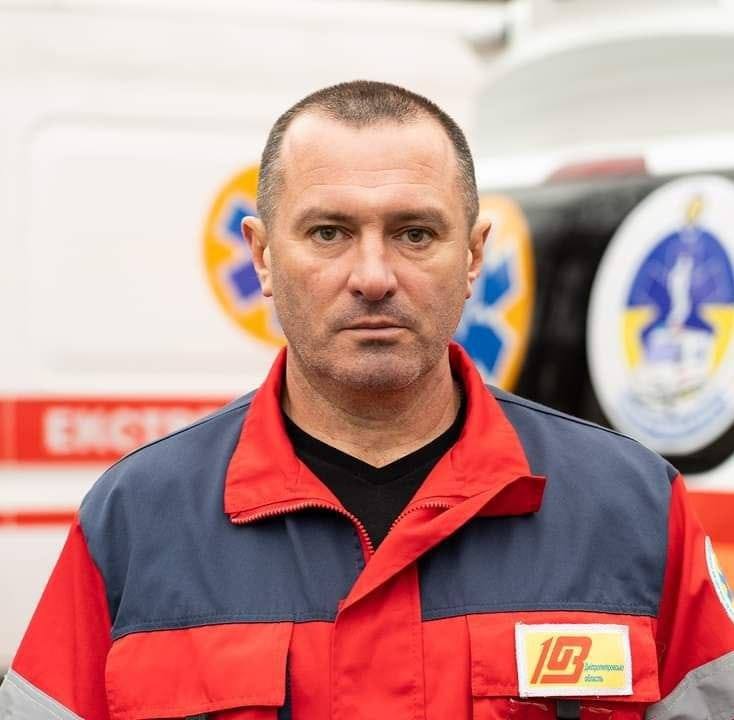
Then I was offered to head the so-called air ambulance service. It was located on the premises of the Mechnikov Hospital. Within the hospital, there was a department for on-call consultative assistance. This was when experienced specialists — surgeons, anesthesiologists, neurologists, cardiologists — would travel to assist district and city hospitals in the Dnipropetrovsk oblast. They provided consultations, performed surgeries, and delivered babies. Why was it specifically called air ambulance? In the 1950s, 60s, and 70s, there were no decent roads or proper sanitary transportation. An old vehicle would come for the doctor and take them to the airfield in Pidhorodne (a suburb of Dnipro - author). The doctor would get into a helicopter. The helicopter would fly and land in a field 5 kilometers away from the Mezhivska hospital (one of the most remote hospitals in the Dnipropetrovsk oblast - author). Another vehicle then would pick up that poor doctor. The specialist would consult the patient, perform surgery, and, if necessary, take the patient back to Dnipro with them. And the whole long journey would be repeated, now with the patient. The term 'air ambulance' stuck, even though we no longer use air transport. So, I headed this air ambulance or disaster medicine department on June 2, 2002. Before that, a session of the Dnipropetrovsk Oblast Council had already taken place. My predecessor made the legal separation from Mechnikov Hospital, and in the summer of 2002, we became known as the Oblast Center for Emergency Medical Care and Disaster Medicine of the Dnipropetrovsk Oblast Council. Our staff was small. We all fit on the premises of the emergency department. Doctors on duty were already part of our team by then. These included adult and pediatric anesthesiologists, and neonatologists. Six of our teams were able to travel around the Dnipropetrovsk oblast and help citizens. This was the situation until the emergency care reform.
— How did the ambulance service develop further?
— Fortunately, through the initiative of the ministry and regional leaders, the Emergency Medical Care Law was adopted in 2012. A lot of the credit for this goes to the then Deputy Minister, an anesthesiologist by profession, Volodymyr Yurchenko. We consider him one of the fathers of the law. A series of acts, orders, and six Cabinet resolutions gradually reformed the emergency service. All of this allowed it to become what we saw at the beginning of the ATO (Anti-Terrorist Operation) and even more so at the start of the full-scale invasion.
According to the law, from 2012 onwards, all other ambulance stations in the oblast were gradually merged with our small emergency care center: the ones in Dnipro, Novomoskovsk, Nikopol, Pavlohrad, and Kamianske (then Dniprodzerzhynsk). The last station in Ukraine to join was the Kryvyi Rih station, although the leadership of Kryvyi Rih was strongly against it. They were like a dog in the manger: unwilling to let go, but unable to fund it either. However, they were forced to do so because, by then, our sector was already financed by the National Health Service of Ukraine (NHSU). So, in 2021, we became the only oblast center for emergency medicine for the entire Dnipropetrovsk oblast. Today, it consists of 6 stations.
They might call us just to reset a clock
— How has the situation with staffing evolved back then and now?
— Unfortunately, low wages, high staff turnover, and the war forced the center to reduce the number of teams. There were 280 teams, but the staff was restructured to 230. Currently, 200 emergency medical teams are in operation. New doctors are not particularly drawn to our specialty. For example, today, 11 people from the academy finished their residency and joined us. I don't know how long they will stay. There are also 18 new first-year interns. To be honest, not all of them dreamed of becoming emergency doctors. Some came here consciously, but it is just a drop in the ocean. But it’s not critical. Why? Because, worldwide, a doctor is dispatched only for mass injuries, traffic accidents, terrorist acts, explosions — situations where they are needed as a coordinator at the site of a major incident, while everything else is handled by paramedics.
— Has the workload increased? With the ATO, the coronavirus, the full-scale invasion?
— We provide help, though we understand that not all calls are urgent or critical. Today, emergency services perform not only the function of saving lives but also a social role. Where is the family doctor? Either they couldn't be reached, or there’s some other issue. So people use our service improperly. The emergency team comes as a mini-lab: measuring blood pressure, blood sugar levels, taking an ECG. Once, an old lady called us to change the clock from winter time. Often, we conduct basic examinations, give some recommendations, and leave. There are people who abuse this and call the ambulance several times a day. We have a frequent complainer whose daughter needs a medication like 'Sibazon'. She complains to the President, the Minister, all the hotlines, instead of admitting her daughter to the appropriate hospital for treatment. She abuses the system and diverts our service. So, if we talk about efficient operation, 200 teams meet the needs.
Abroad, the situation is different. For example, in the United States, you can call an ambulance, and it will come. But if the call does not end in hospitalization, you have to pay between USD 700 to 1,000. This is not a fine — it's the cost of the call. No profits are needed. The same applies to calling an ambulance for people who are in a state of alcohol or drug intoxication. If you got behind the wheel drunk, crashed into a barrier... You have the right to receive help. But please pay for it because you did it while intoxicated.
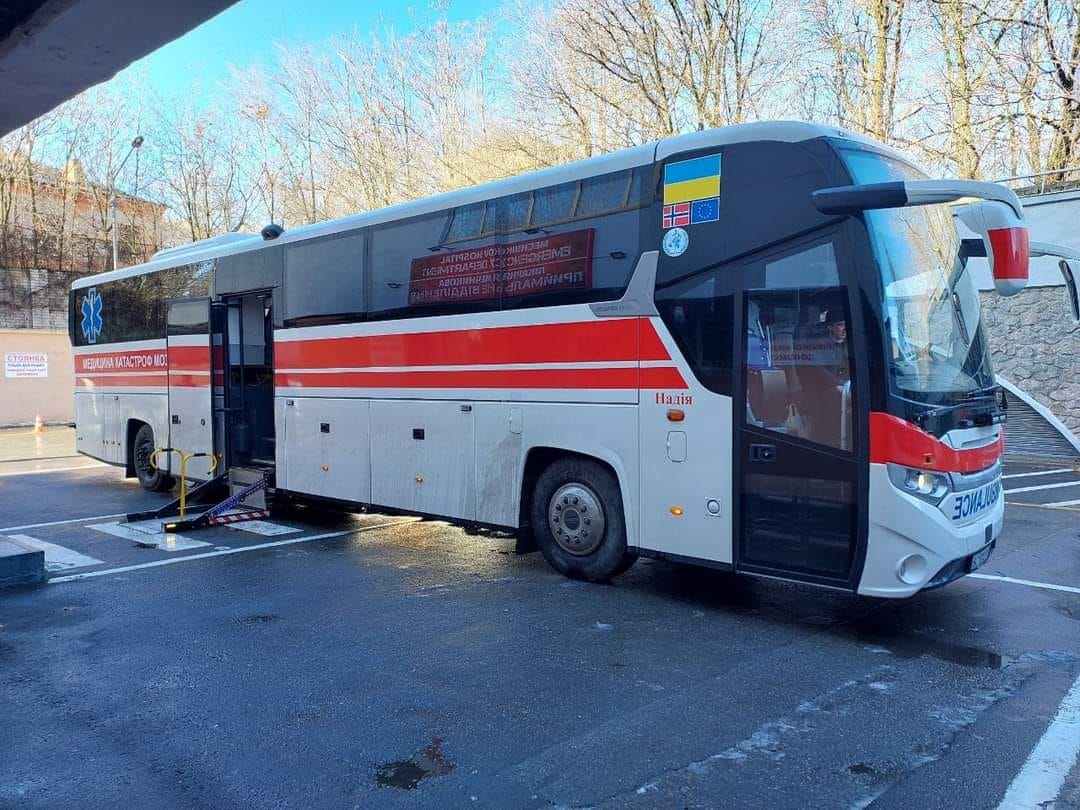
"Nadiia" saves warriors
— Residents of Dnipro and other cities see ambulances constantly moving every day. They save soldiers. Plus, there are missile strikes. Tell us, how has the full-scale war affected the work of the emergency services?
— The number of calls has increased... We all understand why. We have daily transports of military personnel; I won’t specify the locations. Military medics work first, and we pick up the wounded from first-contact hospitals or stabilization points. It’s a large volume of work, and it’s difficult because one call can take 10-12 hours, covering a distance of up to 500 km.
Currently, the Dnipropetrovsk oblast is a medical hub. Therefore, we have another type of work: freeing up beds in our hospitals and sending soldiers for further rehabilitation to other medical facilities in Ukraine. Of course, we transport only those who are stable.
— Is the ambulance fleet coping?
— We are working not only with regular ambulances. We have two high-capacity buses. One of them is named "Nadiia" ("Hope" – ed.), and it was recently involved in an accident. I am grateful to the insurance company that replaced the broken glass at their own expense. We received another bus thanks to the initiative of the head of the Oblast Military Administration, Serhiy Lysak. It was gifted to us by the Czech Republic. I personally signed a memorandum with the Czech ambassador; he came here. When I signed it, I didn't believe it... But we received this bus. It's a new Czech bus for evacuating 13 bedridden soldiers, equipped with all the necessary equipment. I hope these buses will one day become museum exhibits. We will show them to our descendants and tell them how they helped save soldiers.
— Let's talk more about the reform. Specifically, the new requirements for the composition of the team. It was planned that a paramedic would replace the doctor, and new functions would be assigned to the driver. Could you explain this in more detail?
— In the world, it’s not common for a doctor to come to a person’s call and provide consultations. It's very expensive. People sign a declaration with a family doctor and consult them when needed. The family doctor then refers them to a specialist. Here, people are used to the idea that a cardiology team or a pediatric team can come to them.
To understand the new requirements, we need to clarify the terminology. The word 'paramedic' is currently widely popularized. We fought for 10 years to keep the familiar term 'feldsher'. There’s no need to change the name, just give our feldshers the required qualifications, retrain them, but keep the term. We didn’t succeed, so we will no longer fight this. Accordingly, from January 1, 2025, the team will consist of either a doctor-paramedic and a driver or just a paramedic and a driver. This is a standard European team. Only, in our team, the driver is called an emergency medical technician.
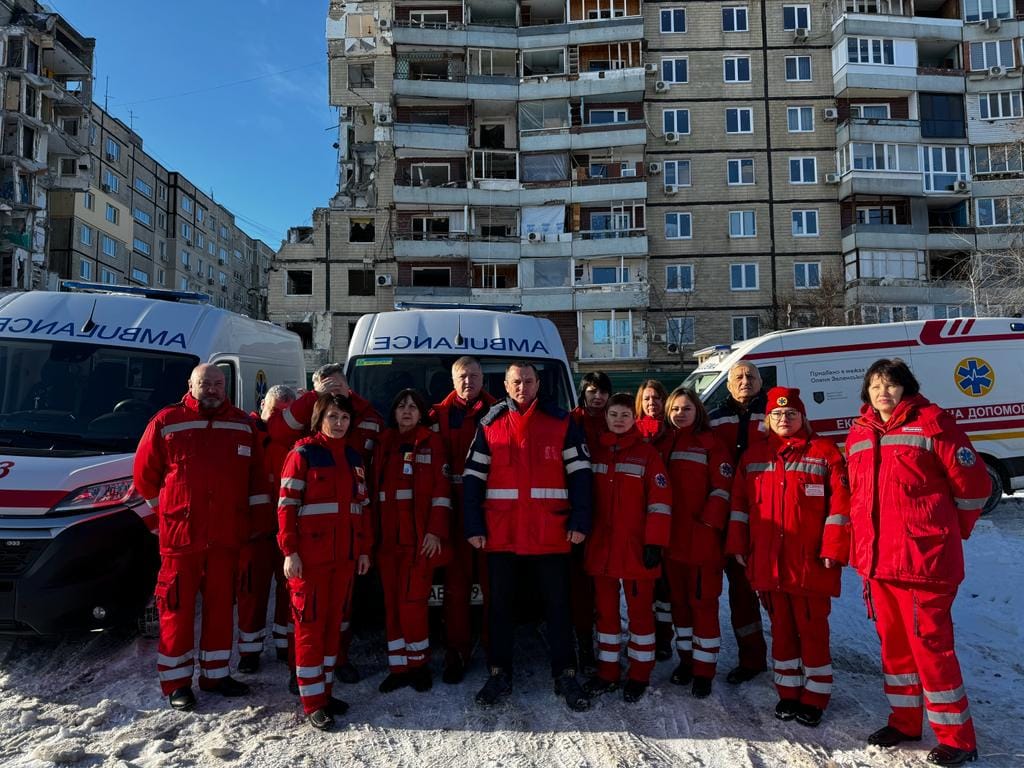
— Could you elaborate more about the drivers?
— Drivers who meet the health requirements for emergency medical technicians will undergo retraining over time. This doesn't involve a large amount of knowledge and practical skills, but they should become an assistant to the paramedic. This doesn’t mean that a driver will arrive at a call, wipe oil from their hands, and start performing CPR. It means that the driver should not just sit in the car reading a newspaper, as they did in Soviet times, while the doctor-paramedic is on their knees resuscitating the injured. They should know where to find the defibrillator, how to connect it, how to turn on the oxygen, what a scoop stretcher is, and how to handle a pediatric or adult spine board. The driver should be familiar with the equipment and act as a mechanical assistant to the paramedic or, for now, the feldsher.
— At what stage is the emergency services reform currently?
— The main and most challenging phase of the reform has been completed. The service now operates both as a unified system within each region and as a national system. We are currently undergoing the procedure to obtain a certificate for information protection. By the way, the Dnipropetrovsk oblast is a pilot region at the stage of digitalizing emergency information provision. This ensures that our leaders in Kyiv don’t have to wait for someone to call them on the phone to tell them what resources are needed to deal with the consequences of an emergency. Instead, all the information will come in a specific format. It will include details such as what resources are involved, whether the emergency services are coping, how many people need hospitalization, how many of the injured are children, etc. The reform is ongoing.
To help and protect
— I sometimes read posts on your social media thanking entrepreneurs and benefactors who support ambulance stations. So, can we talk about community support for emergency services, or are these isolated cases?
— I can't really say that. It's an exception. For example, the emergency service in Nikopol received help from my friend, a local businessman, Roman Konopatenko. He could have left Nikopol, but he chose not to. He continues to work and pay taxes, even though the city is constantly under shelling. I asked him, 'Could you build a shower for the emergency service?' He said, 'I'll do it,' and he made such a beauty, like in a five-star hotel. Then my colleagues started asking for this and that. Now, my friend jokes, saying they should stop because he isn't a bottomless pit. I joked back, saying, 'Now you have a certificate for 10 ambulance calls', but hopefully, he won't need to use it.
On a serious note, our staff receive their salaries from the National Health Service of Ukraine (NHSU), and accordingly, the personal income tax is deducted. These are enormous sums — tens of millions of hryvnias per year in Dnipro and Kryvyi Rih. For smaller communities, it's millions of hryvnias. So, I wrote letters to practically every territorial community asking them to adopt a small program for the development and support of the emergency medical service. This program should provide material incentives for those who save lives. There was an episodic example in Pokrov, where Mayor Oleksandr Shapoval initiated additional payments for several months to our emergency workers. I wish every community were more responsible in this regard. Instead of paving stones and trees that sprout just two branches, they could add a few thousand hryvnias to the salaries of a medic and an emergency driver. After all, their pay is really quite low.
Some do respond. With the funds from communities, we are installing new windows in the emergency stations and buying phones. These aren’t just phones; they are mobile terminals that receive full information about each call. Once, a governor, who was in power 5-6 years ago, asked me: ‘What do you need?’ And I said, ‘We need money, beyond what we get from the NHSU’. And he replied in russian: ‘Why do you need so much money?’ I told him, ‘We have 200 crews, 3,500 people’. And he said, ‘Why have you bred so many emergency workers in the region? Cut down the staff, and the money will be enough’. There used to be people like that...
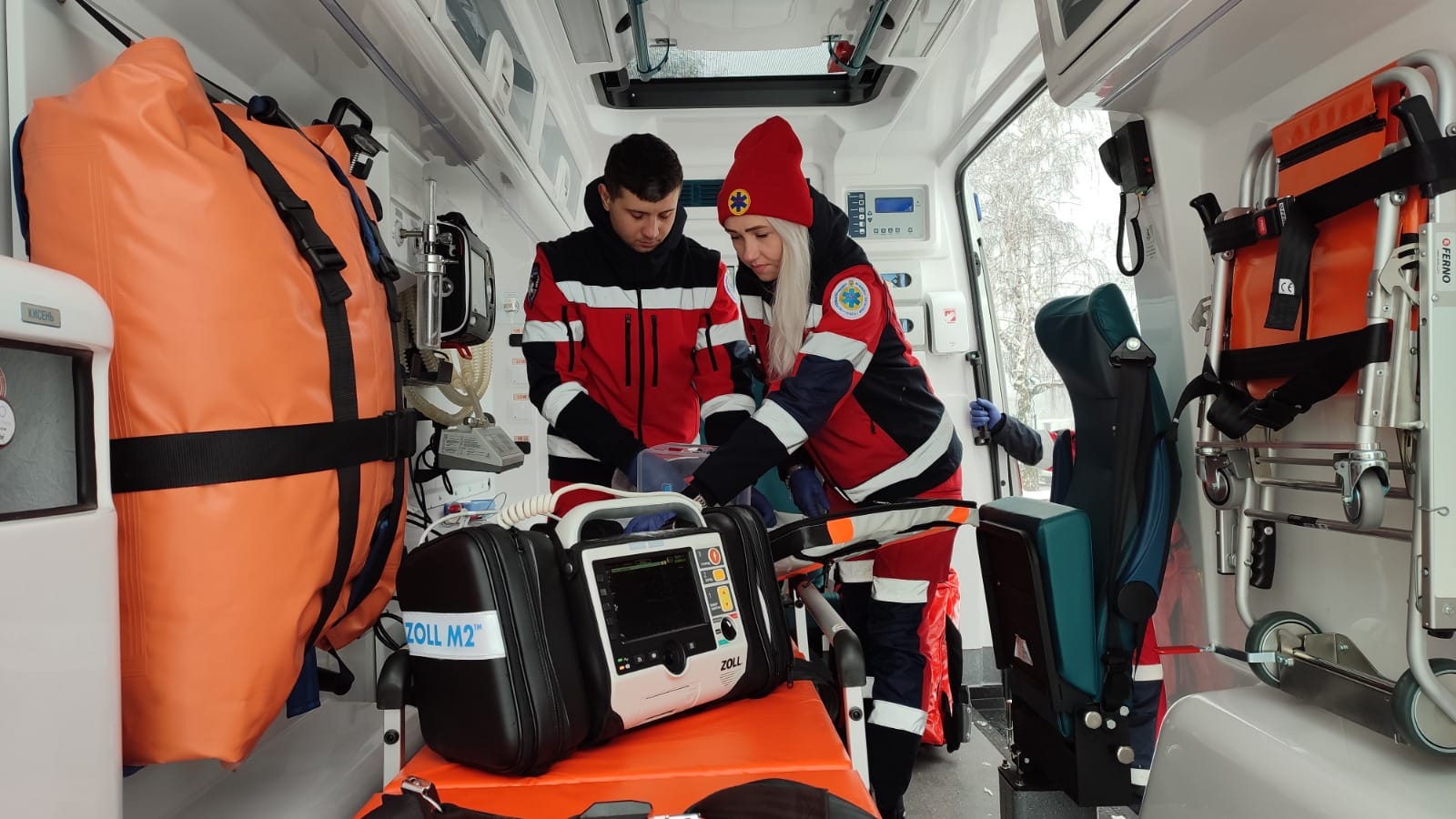
— And now?
— Now, the authorities understand our needs: they provide buses, they provide ambulances. We have full support from Serhiy Lysak and Mykola Lukashuk (Chairman of the Dnipropetrovsk Oblast Council). They understand the functions we perform and that we perform them well. Everything is great here. The regional administration has established a medical hub at one of the healthcare facilities, where, for a year and a half during the full-scale invasion, we received medicines, consumables, and equipment. All of this comes to millions of hryvnias from regional authorities.
The company Interpipe also pays attention to our needs. We try to be grateful by providing training for their employees. People see the columns of ambulances heading to Dnipro and understand our situation. They have helped before. There were trucks with consumables worth 8 million hryvnias during the coronavirus pandemic. Recently, the company provided refrigerators for our stations. Colleagues from the oblast call and express their gratitude. There are other benefactors, too many to name. They provided powerful generators during the blackout, Starlinks, water tanks for Nikopol, which was left without water after the destruction of the Kakhovka Dam. So, with the beginning of the full-scale war, benefactors have become more active. But this stream is starting to dwindle.
— Unfortunately, there have been attacks on ambulance crew members in the Dnipropetrovsk oblast, but there is no clear legislative mechanism in the state to protect medical workers. You even initiated a petition on this matter. What is the situation now?
— I don’t understand why there has been no progress. Usually, a law is not passed when there is lobbying and counter-lobbying, when interests do not align. Here, everything is on our side, yet there is no law. Two months before the full-scale invasion, the directors of emergency medical centers managed to secure a meeting in the Verkhovna Rada. We reported on our most critical issues, including the shortage of personnel. My brief report specifically addressed situations involving assaults. We were told that there would be progress. But nothing… Fortunately, there have been no fatalities, and these cases are not very frequent. However, everyone is exhausted now, and people are returning from the front physically, morally, and psychologically hurt. Inevitably, such situations will increase. Sorry for the tautology, but people may demand the impossible from our staff.
Tetiana Hrenadiorova, Dnipro, for OstroV
